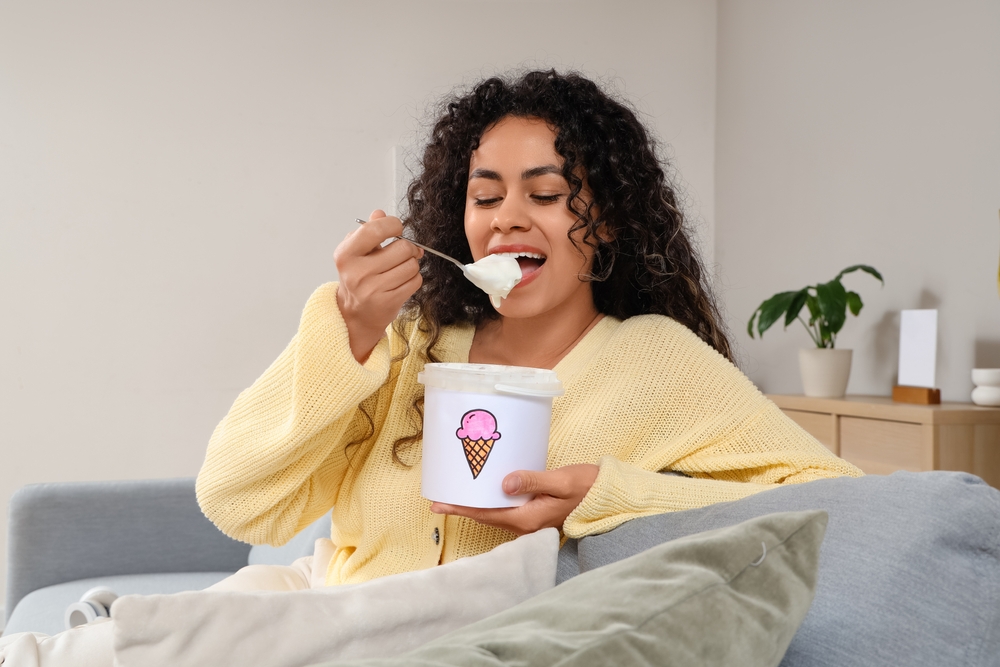From morning coffee sweetener to evening dessert, sugar weaves through daily life as a seemingly harmless companion. Yet research indicates this common ingredient may silently undermine our closest relationships. Understanding sugar’s profound impact on mood, energy, and behavior reveals its role in relationship dynamics.
Mental health and emotional stability
Sugar’s influence on mental wellness extends far beyond simple energy fluctuations. When consumed, sugar triggers a rapid blood glucose increase, creating temporary euphoria. However, this brief elevation inevitably leads to a crash, leaving individuals feeling irritable, anxious, and emotionally depleted. These mood swings can transform minor disagreements into significant conflicts.
Research demonstrates that high-sugar diets correlate with increased rates of depression and anxiety. During sugar crashes, tolerance for stress plummets, making ordinary relationship challenges seem insurmountable. Minor irritations can escalate quickly, and the capacity for rational discussion diminishes. This emotional volatility often leads to overreactions and misinterpretations of partner behaviors.
Constant blood sugar fluctuations can make it challenging to remain emotionally available for partners. When mood constantly shifts, maintaining consistent emotional support becomes difficult. Partners may perceive this inconsistency as disinterest or lack of commitment, creating distance in the relationship.
Physical impacts and self-esteem
Sugar’s physical effects ripple through relationship dynamics in subtle but significant ways. Beyond weight gain, high sugar consumption leads to chronic fatigue, inflammation, and metabolic disruptions. These physical changes often impact self-image and confidence, creating barriers to intimacy and connection.
Self-esteem plays a crucial role in relationship health. When physical health suffers due to sugar consumption, individuals often withdraw from physical intimacy or social activities. Weight gain and constant fatigue can lead to insecurity and jealousy, straining the emotional bond between partners. This decreased self-confidence often manifests as defensive behavior or emotional withdrawal.
The physical toll of sugar extends to energy levels needed for quality time together. Couples may find themselves too exhausted for shared activities, date nights, or meaningful conversations. This reduction in shared experiences can slowly erode relationship satisfaction and emotional connection.
The addiction parallel
Sugar’s addictive qualities mirror unhealthy relationship patterns. Studies show sugar activates the brain’s reward system similarly to addictive substances, creating dependency cycles that affect behavior and decision-making. This dependency often parallels emotional neediness in relationships, leading to codependent behaviors.
Just as individuals might reach for sugar for comfort, they may become overly dependent on partners for emotional satisfaction. This parallel between sugar dependency and relationship dependency can create unbalanced dynamics, where one partner becomes emotionally drained while the other grows increasingly needy.
Breaking free from sugar dependency often reveals patterns in relationship behavior. As individuals learn to manage sugar cravings, they often develop better emotional self-regulation skills that benefit their relationships.
Communication and conflict resolution
Sugar-induced mood swings particularly affect communication patterns and conflict resolution. When blood sugar crashes, individuals often lack the patience and clarity needed for productive discussions. Simple conversations can escalate into arguments as emotional regulation becomes impaired.
The irritability following sugar consumption can lead to harsh words or reactive behaviors that damage trust. Partners may find themselves arguing more frequently, especially during times of day when blood sugar levels fluctuate dramatically.
Breaking the cycle
Addressing sugar’s impact requires a comprehensive approach. Successful reduction strategies begin with awareness of hidden sugars in daily diet. Many processed foods contain surprising amounts of sugar, even in seemingly healthy items like bread or sauce.
Couples who tackle sugar reduction together often find their relationship strengthens through the shared goal. This partnership approach creates accountability while building mutual support. Exploring natural sweeteners and healthy alternatives can become an adventure in discovering new foods and cooking methods together.
Practical lifestyle changes
Exercise plays a crucial role in both sugar reduction and relationship health. Physical activity helps regulate blood sugar levels while releasing endorphins that promote emotional stability. Couples who exercise together often report improved communication and stronger emotional bonds.
Mindful eating practices help break automated sugar consumption patterns. Taking time to eat together, focusing on food quality rather than quantity, helps reduce sugar cravings while creating opportunities for connection. This awareness extends beyond food to relationship dynamics, encouraging more thoughtful interactions.
Long-term relationship benefits
Couples who successfully reduce sugar intake often experience improved relationship quality across multiple dimensions. Emotional stability increases, allowing for more consistent support and understanding. Physical health improvements lead to greater activity levels and increased intimacy.
Communication typically improves as blood sugar stability enhances emotional regulation. Partners find themselves better equipped to handle stress and conflict, approaching disagreements with greater patience and clarity. The shared commitment to health often strengthens the relationship foundation, creating lasting positive change.
The journey toward reduced sugar consumption offers couples an opportunity to grow together while improving both physical and emotional health. By recognizing sugar’s role in relationship dynamics, partners can make informed choices that support lasting connection and understanding.
This story was created using AI technology.












